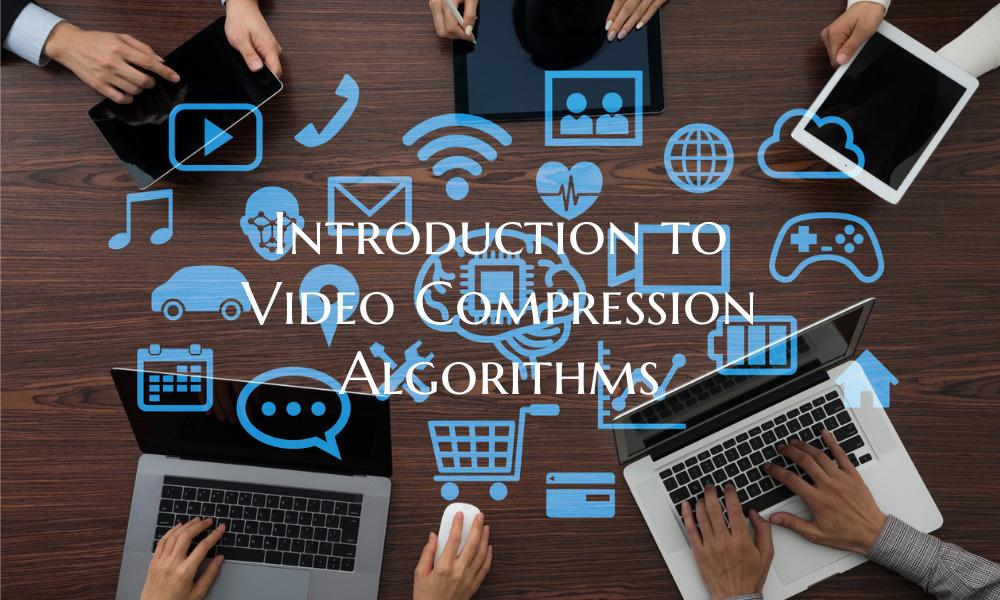Introduction to Video Compression Algorithms
Video compression algorithms are essential in today's digital world to efficiently store and transmit video content while maintaining quality. These algorithms use various techniques to reduce the file size of a video without significantly compromising its visual quality. Understanding the basics of video compression algorithms is vital for anyone working with digital video content.
One of the most common types of video compression algorithms is lossy compression, which achieves high compression ratios by discarding some of the video data that the human eye is less likely to notice. This process involves removing redundant information and minimizing the data required to represent the video frames. While lossy compression results in some loss of quality, it is crucial for accommodating the storage and bandwidth requirements of modern video applications.
On the other hand, lossless compression algorithms aim to reduce the file size without losing any data. These algorithms are commonly used in scenarios where preserving the original video quality is paramount, such as in professional video editing and archival systems. Lossless compression techniques leverage algorithms that encode the data in a more efficient way, resulting in smaller file sizes while allowing for perfect reconstruction of the original video.
Video compression algorithms also employ concepts such as spatial and temporal redundancy reduction to further optimize the compression process. Spatial redundancy reduction involves detecting and eliminating redundant information within individual video frames, while temporal redundancy reduction analyzes similarities between consecutive frames to minimize data duplication across the video sequence.
Furthermore, modern video compression standards such as H.264, H.265 (HEVC), and VP9 have revolutionized the way video content is processed and delivered across various platforms. These standards incorporate sophisticated compression techniques, motion estimation algorithms, and entropy coding methods to achieve significant compression ratios while maintaining high visual quality.
In conclusion, understanding video compression algorithms is crucial for anyone involved in video production, streaming, or distribution. By grasping the fundamentals of how these algorithms work and the trade-offs between compression ratios and visual quality, individuals can make informed decisions when selecting the appropriate compression techniques for their specific video applications.

